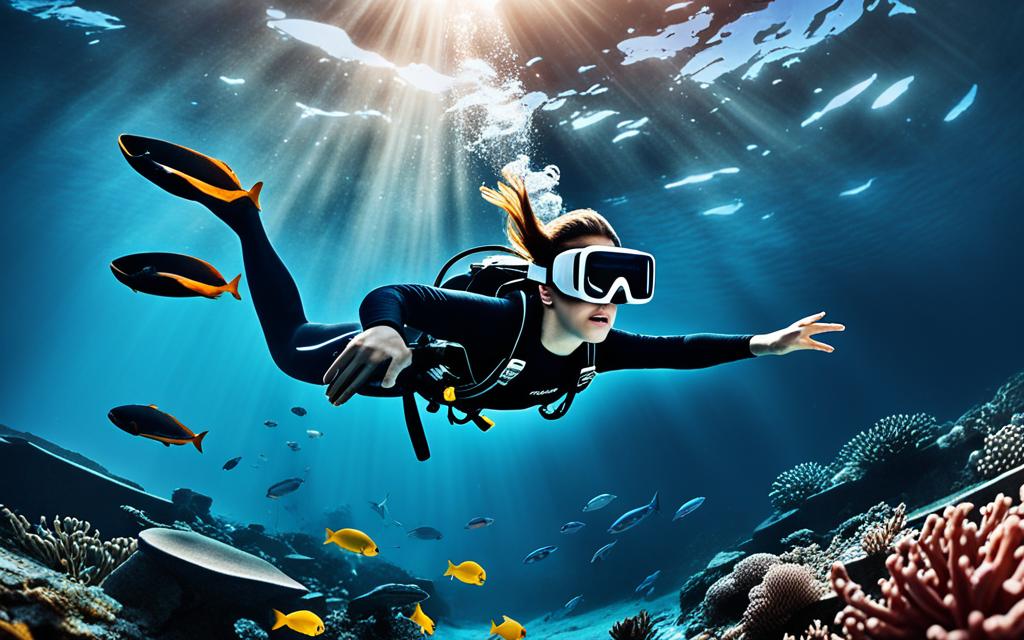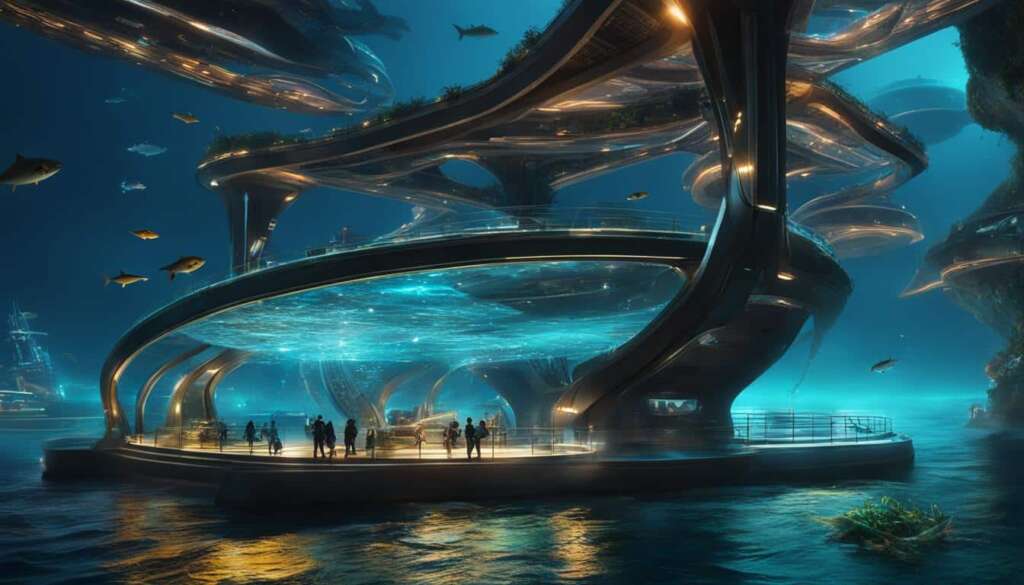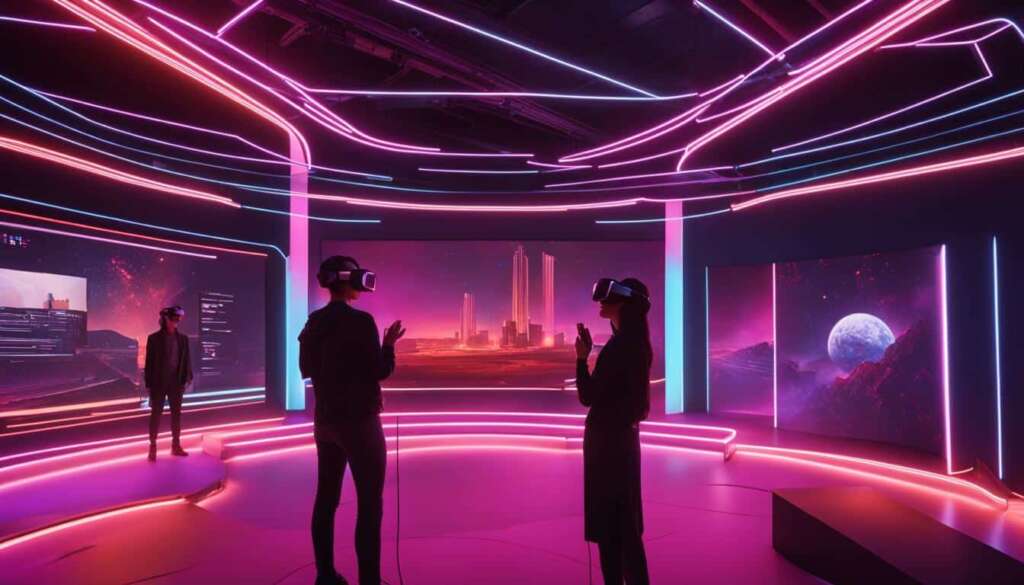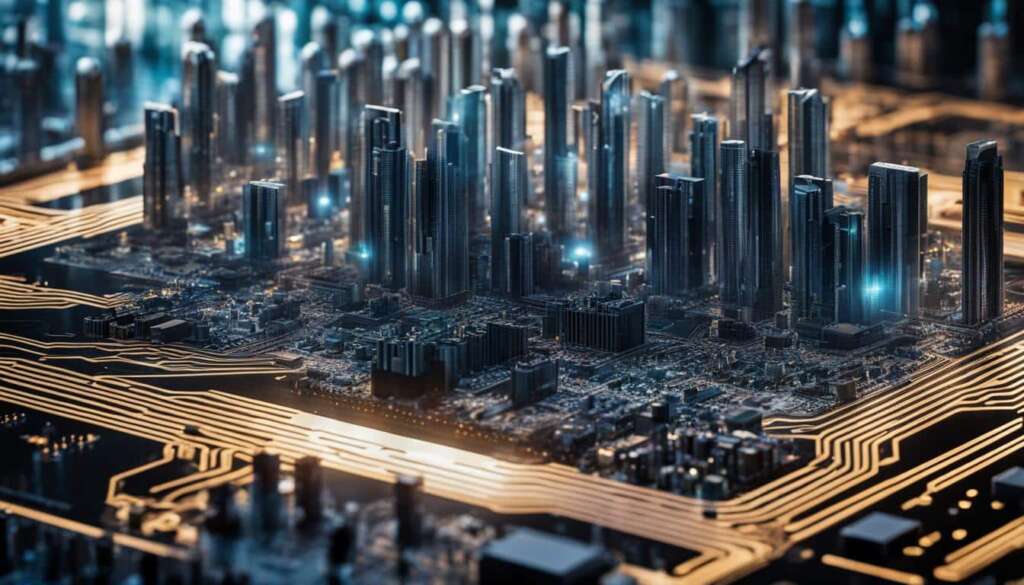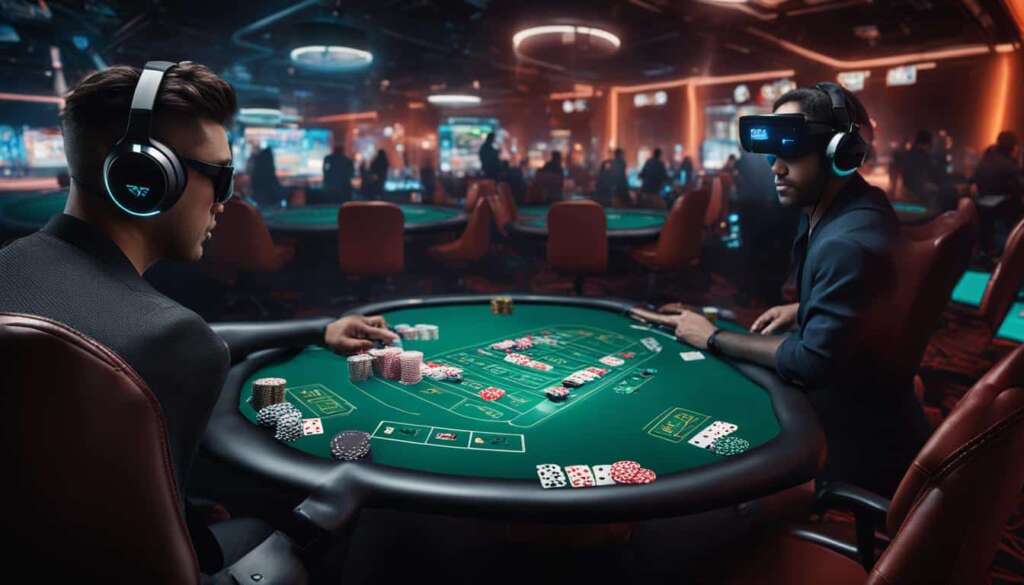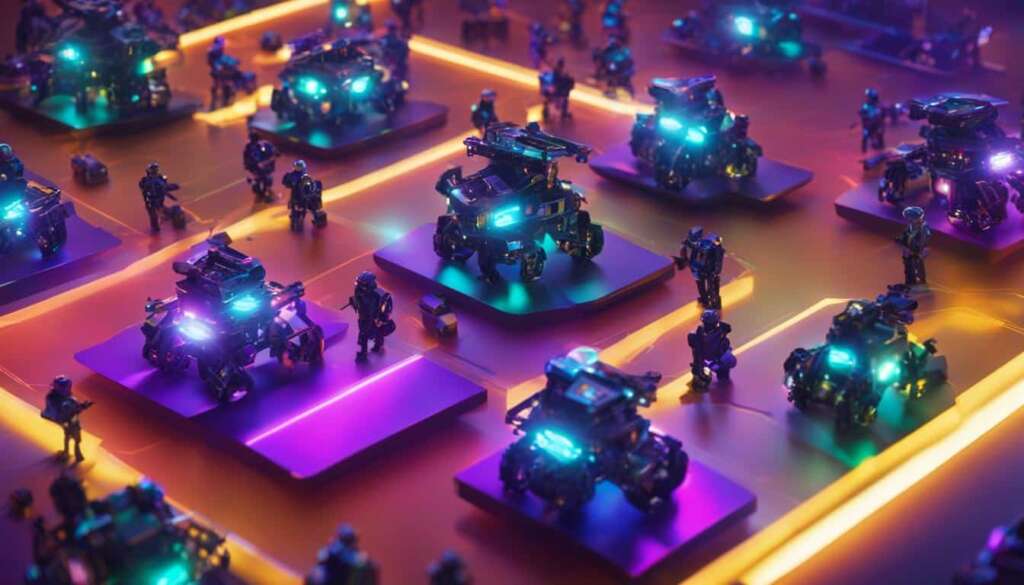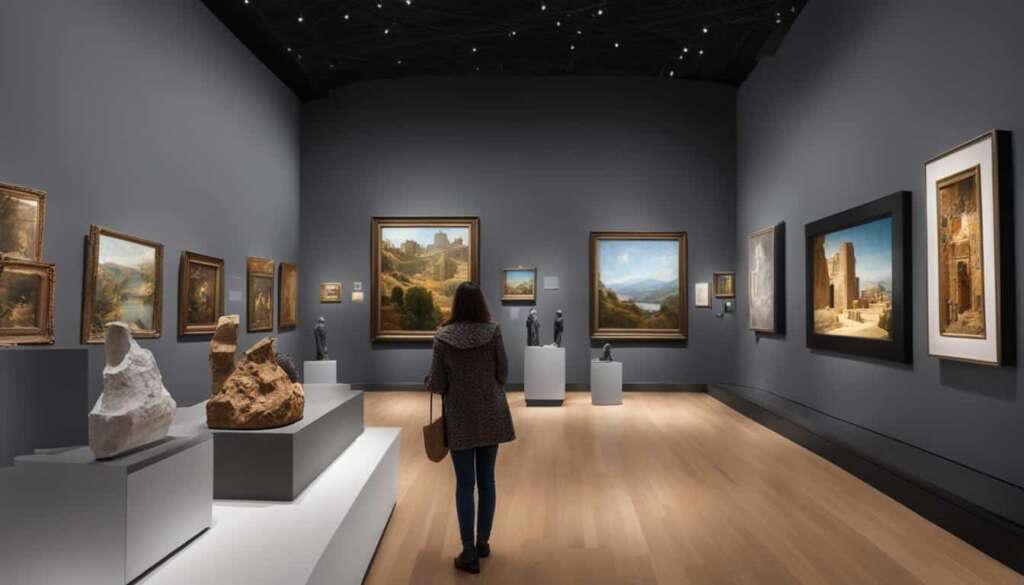Table of Contents
Welcome to “The Sea We Breathe: VR Learning for Young Minds,” an innovative virtual reality experience designed to educate children about ocean conservation. Through the power of VR technology, this program offers young learners an immersive and interactive learning environment that brings the wonders of the underwater world to life.
With “The Sea We Breathe,” children can explore diverse marine ecosystems, encountering fascinating species and learning about their habitats, behaviors, and the importance of protecting our oceans. By engaging children in hands-on and visually stunning experiences, this VR learning program seeks to raise awareness about the impact of climate change on marine life and foster a sense of responsibility for environmental conservation.
Through this groundbreaking approach to education, “The Sea We Breathe” aims to inspire young minds to become champions of our oceans. By providing a virtual space where children can actively engage, make informed decisions, and develop a deep connection to marine environments, VR learning creates a powerful tool for environmental education.
Join us on a journey into the underwater world as we dive into the world of ocean conservation, exploring the benefits of VR learning for kids, and discovering how “The Sea We Breathe” can shape the future of environmental consciousness. Get ready to embark on an adventure that will ignite curiosity and empower young minds to protect and preserve our precious seas.
Dive into the World of Ocean Conservation
Through “The Sea We Breathe” VR experience, children can dive into the world of ocean conservation. The program allows them to explore different marine environments, including coral reefs, kelp forests, and open ocean habitats. They will encounter various species of marine animals and learn about their habitats, behaviors, and the impact of human activities on their survival. The interactive nature of the VR experience enables children to actively engage with the virtual environment and make informed decisions to protect the oceans. By immersing themselves in the virtual world, children can develop a deeper understanding of the importance of conservation and the role they can play in preserving marine ecosystems.
The “Dive into the World of Ocean Conservation” VR experience takes children on an interactive journey beneath the waves. They can observe the vibrant colors of coral reefs, witness the intricate dance of kelp forests, and explore the vastness of the open ocean. Along the way, they will encounter a wide range of marine creatures, from majestic sea turtles to elusive octopuses, and learn about their unique adaptations and life cycles.
The VR experience also highlights the impact of human activities on the oceans. Children will witness firsthand the consequences of pollution, overfishing, and climate change on marine ecosystems. They will gain a deeper appreciation for the fragile balance of these ecosystems and the urgent need for conservation efforts.
Key Features of “Dive into the World of Ocean Conservation”
- Exploration of diverse marine environments
- Encounters with various marine species
- Education about habitats, behaviors, and conservation
- Interactive decision-making to protect the oceans
- Hands-on and immersive learning experience
“The Sea We Breathe” uses virtual reality technology to create a realistic and engaging experience that sparks curiosity and fosters a deeper understanding of ocean conservation. By combining interactive learning with the awe-inspiring beauty of marine environments, children are empowered to make a positive impact on the future of our oceans.”
| Benefits | Description |
|---|---|
| Immersive Learning | The VR experience provides a deeply engaging and memorable learning experience as children explore and interact with the virtual marine environments. |
| Interactive Education | Children actively participate in the learning process by making decisions and witnessing the consequences of their actions, fostering a sense of responsibility and empowerment. |
| Realistic Environments | The virtual environments are meticulously designed to replicate the beauty and intricacy of real-life marine habitats, allowing children to develop a genuine connection with the oceans. |
| Comprehensive Learning | The program covers a wide range of topics, including species diversity, conservation challenges, and the importance of sustainable practices, providing a holistic understanding of ocean conservation. |
The Benefits of VR Learning for Kids
Virtual reality (VR) learning provides numerous advantages for children, enhancing their educational experiences and fostering valuable skills. By immersing young learners in a virtual environment, VR technology stimulates their senses, encourages curiosity, and promotes engagement. The immersive nature of VR learning creates a more memorable and impactful educational experience, making it an effective tool for knowledge retention.
Enhanced Engagement and Attention Span
One of the key benefits of VR learning for kids is its ability to enhance their engagement and attention span. When children are fully immersed in a virtual environment, they become active participants in their learning journey. This heightened level of immersion captures their interest and sustains their attention, resulting in a more focused and productive learning experience.
Safe Space for Experimentation and Exploration
Another advantage of VR learning is that it provides a safe space for children to experiment and explore without real-world consequences. In the virtual environment, they can make mistakes, learn from them, and try different approaches to problem-solving. This freedom to explore and experiment fosters creativity, critical thinking, and a growth mindset.
Promotes Critical Thinking and Problem-Solving Skills
As children navigate through various scenarios and challenges within the virtual world, VR learning promotes critical thinking and problem-solving skills. They are presented with complex situations that require them to analyze information, make decisions, and find solutions. By engaging with realistic and interactive simulations, children develop their analytical thinking, decision-making abilities, and logical reasoning.
Fosters Empathy and Environmental Consciousness
VR learning also has the power to foster empathy and environmental consciousness in children. By immersing themselves in virtual environments that showcase the natural world, young learners develop a sense of connection to nature and an appreciation for its preservation. They witness firsthand the impact of human activities on the environment, leading to a greater understanding of the need for conservation and sustainable practices.
| Benefits of VR Learning for Kids | Description |
|---|---|
| Enhanced Engagement and Attention Span | VR learning captivates children’s interest, keeping them engaged and focused. |
| Safe Space for Experimentation and Exploration | Children can make mistakes and learn from them without real-world consequences. |
| Promotes Critical Thinking and Problem-Solving Skills | VR learning challenges children with complex scenarios, developing their critical thinking and problem-solving abilities. |
| Fosters Empathy and Environmental Consciousness | By immersing children in virtual environments, VR learning instills empathy and a sense of responsibility towards the environment. |
VR learning offers a unique and effective approach to education, creating immersive and interactive experiences that benefit children’s development. From enhanced engagement and attention span to critical thinking and empathy, the advantages of VR learning for kids are vast. By harnessing the power of technology, educators can provide children with immersive education that inspires them to explore, learn, and become active participants in shaping a better future.
Conclusion
“The Sea We Breathe: VR Learning for Young Minds” offers a unique and effective approach to educating children about environmental conservation. By combining virtual reality technology with interactive learning, it provides a captivating and immersive experience that can inspire young minds to take action and become stewards of the environment.
The program’s focus on ocean conservation and the impact of climate change on marine ecosystems helps children develop a deeper understanding of environmental issues and their role in creating a sustainable future.
“The Sea We Breathe” is a valuable tool in empowering the next generation to become responsible global citizens who are dedicated to protecting our oceans and the life within them.
FAQ
What is “The Sea We Breathe: VR Learning for Young Minds”?
“The Sea We Breathe: VR Learning for Young Minds” is an immersive virtual reality experience designed to educate children about ocean conservation. It utilizes VR technology to create an engaging and interactive learning environment for young learners.
What is the goal of “The Sea We Breathe” VR experience?
The goal of “The Sea We Breathe” VR experience is to raise awareness about the importance of protecting our oceans and the impact of climate change on marine life.
What will children learn through “The Sea We Breathe” VR experience?
Children will learn about various species and ecosystems in the underwater world, including their habitats, behaviors, and the impact of human activities on their survival. They will explore different marine environments such as coral reefs, kelp forests, and open ocean habitats.
What are the benefits of VR learning for kids?
VR learning enhances children’s engagement and attention span, stimulates their senses and curiosity, promotes critical thinking and problem-solving skills, and encourages empathy and environmental consciousness.
How does “The Sea We Breathe” VR experience empower children?
By combining virtual reality technology with interactive learning, “The Sea We Breathe” VR experience inspires young minds to take action and become stewards of the environment. It helps children develop a deeper understanding of environmental issues and their role in creating a sustainable future.

